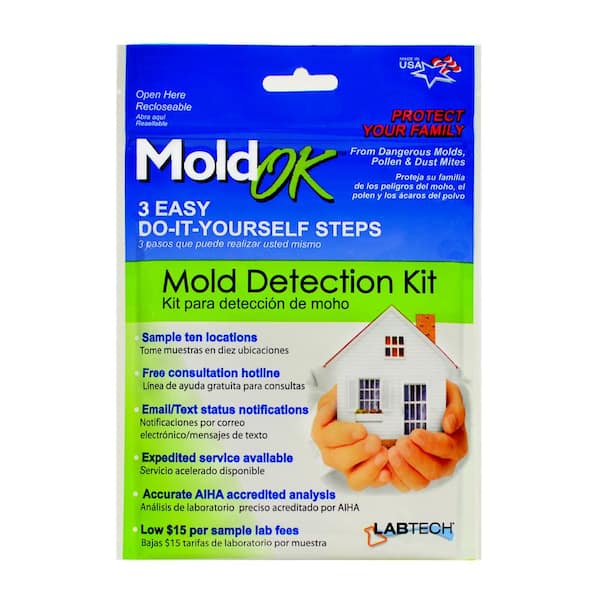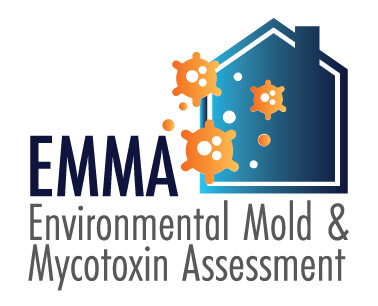How Mycotoxin testing Services Can Protect Your Products
How Mycotoxin testing Services Can Protect Your Products
Blog Article
How Mycotoxin Testing Assists Protect Against Contamination and Safeguard Food Supplies

Mycotoxin testing is a vital method in the food industry, acting as a frontline protection versus contamination by damaging toxic substances created by molds. Via the application of innovative methods like High-Performance Liquid Chromatography (HPLC) and Fluid Chromatography-Mass Spectrometry (LC-MS), food manufacturers can precisely spot and quantify mycotoxin degrees in farming products. This aggressive technique not only makes certain compliance with stringent safety guidelines but additionally alleviates health threats to consumers. Moreover, normal screening fortifies brand online reputation and monetary health by minimizing contamination-related events. Just how exactly do these screening methods integrate right into the more comprehensive food security strategy?
Understanding Mycotoxins
Comprehending mycotoxins begins with acknowledging that they are poisonous second metabolites generated by particular mold and mildews, which can infect farming products. These metabolites are not necessary for the development or reproduction of the fungi however can have extreme ramifications for human and animal health. Mycotoxins are typically found in staple plants such as corn, wheat, barley, and nuts, where they can proliferate under specific conditions of moisture and temperature.
There are several kinds of mycotoxins, each created by different fungal varieties. Fusarium types generate fumonisins and trichothecenes, both of which are connected with various intense and chronic wellness problems.

Dangers of Mycotoxin Contamination
The dangers of mycotoxin contamination are multifaceted, positioning significant threats to both food safety and security and public wellness. Mycotoxins, toxic compounds produced by particular sorts of fungi, can contaminate a wide variety of agricultural items consisting of cereals, nuts, flavors, dried fruits, and coffee. As soon as these toxic substances infiltrate the food supply, they can bring about significant health and wellness problems such as liver damage, kidney failing, and even cancer. Vulnerable populations, consisting of youngsters, the elderly, and immunocompromised individuals, are specifically in danger.
Economic influences are another significant concern. Polluted crops can cause substantial economic losses for farmers and food producers because of reduced yields and the demand for costly purification measures. International trade can be substantially prevented as countries impose stringent mycotoxin laws to safeguard their populaces, leading to denied shipments and strained trade connections.
Ecological variables such as environment adjustment exacerbate the risk of mycotoxin contamination. Variations in temperature level and moisture can develop beneficial conditions for fungal growth, boosting the probability of contamination occasions. Hence, understanding and minimizing these threats are essential for ensuring the safety and security and integrity of international food materials.
Methods of Mycotoxin Testing
Properly determining mycotoxin contamination in agricultural items is vital for guarding public health and wellness and keeping food security standards. Various approaches are employed to discover and evaluate mycotoxins, each offering specific advantages and limitations.
High-Performance Liquid Chromatography (HPLC) is a commonly utilized approach as a result of its high level of sensitivity and precision. It includes dividing mycotoxins from other compounds in a sample, allowing accurate metrology. Fluid Chromatography-Mass Spectrometry (LC-MS) integrates fluid chromatography with mass spectrometry to give in-depth molecular info, making it particularly beneficial for determining numerous mycotoxins concurrently.

Gas Chromatography-Mass Spectrometry look at this web-site (GC-MS) and Thin-Layer Chromatography (TENDER LOVING CARE) are additionally used, each with one-of-a-kind applications. GC-MS works for unpredictable mycotoxins, while tender loving care supplies a less complex, economical option for preliminary screening.
Benefits of Regular Testing
Normal screening for mycotoxins in farming products offers various advantages, significantly adding to public wellness read the full info here and food safety and security. By identifying contamination early, routine testing assists avoid the circulation of poisonous foods, consequently lowering the danger of mycotoxin-related health problems among customers. This positive method not just safeguards human health and wellness however also boosts the general quality of food products.
Various countries and regions have developed strict limits for mycotoxin degrees in food and feed. Adhering to these limitations through routine screening ensures that producers and distributors fulfill lawful standards, consequently staying clear of charges and profession obstacles.
Additionally, regular mycotoxin testing can cause substantial economic benefits. Early detection of contamination enables for prompt treatment, decreasing possible losses from extensive contamination. Executing routine screening methods can also minimize recall costs and associated obligations, which can be monetarily ruining.
In addition, regular testing gives useful data that can inform better agricultural techniques and storage space problems. By understanding patterns of contamination, producers can adopt safety nets, thus contributing and reducing future threats to the sustainability of the food supply chain.
Implementing Testing Methods
Applying reliable mycotoxin screening procedures is vital for ensuring the go to website safety and security and top quality of farming products. Establishing a durable screening structure includes numerous essential actions, beginning with the identification of potential contamination factors within the manufacturing and supply chain. This includes pre-harvest, post-harvest, storage, and circulation phases. Each stage has to be scrutinized to determine where mycotoxin contamination is most likely to occur.
Once crucial control factors are determined, selecting ideal testing techniques is vital. Typical techniques include enzyme-linked immunosorbent assay (ELISA), high-performance fluid chromatography (HPLC), and mass spectrometry (MS) Each technique has its strengths and weaknesses; hence, choosing the proper one relies on the specific mycotoxin being checked, the required sensitivity, and readily available resources.

Lastly, integrating the testing protocols into a detailed food safety and security administration system is recommended. This boosts traceability and allows swift rehabilitative actions when contamination is identified, consequently protecting the stability of the food supply chain.
Verdict
Mycotoxin screening is essential in avoiding contamination and securing food products by enabling early detection of damaging toxic substances generated by mold and mildews in farming items. Normal screening boosts brand name reputation, financial stability, and depend on in food security by lessening contamination-related losses and keeping high criteria in food manufacturing.
Mycotoxin screening is an indispensable practice in the food industry, serving as a frontline defense versus contamination by dangerous contaminants generated by molds. An incorporated strategy entailing farming methods, storage management, and regular testing can minimize the threats connected with mycotoxin contamination, making sure food security and public health and wellness.
The risks of mycotoxin contamination are multifaceted, posing substantial hazards to both food security and public health and wellness.Regular screening for mycotoxins in farming products offers countless advantages, substantially adding to public health and wellness and food security.Mycotoxin testing is crucial in protecting against contamination and securing food supplies by making it possible for very early detection of harmful contaminants produced by mold and mildews in farming products.
Report this page